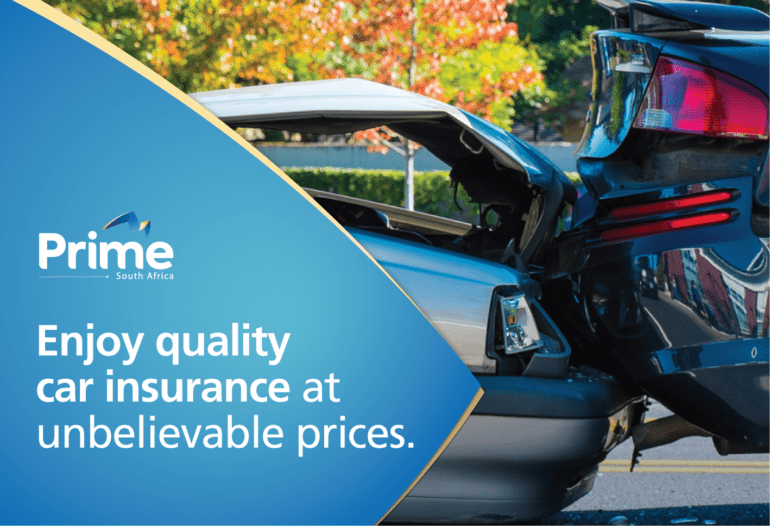No-Fault Claims: Do You Still Pay an Excess?
Someone just crashed into your car. It wasn’t your fault, so insurance will cover everything, right? Not so fast.
In South Africa, even if you weren’t responsible for the accident, you might still have to pay an excess when claiming from your insurer. Frustrating? Absolutely.
Let’s unpack how this works and what you can do about it.
What Exactly Is an Insurance Excess?
Your insurance excess is the amount you agree to pay upfront before your insurer covers the rest. This is put in place to prevent small, unnecessary claims and so policyholders take some financial responsibility for their cover.
When Do You Have to Pay an Excess on a No-Fault Claim?
So, you weren’t at fault – why should you pay? Because your insurance company wants to get your claim sorted quickly, but they don’t wait for the guilty party to cough up.
If the other driver was insured, they will try to recover the no-fault claim excess amount from their insurer later. Unfortunately, this means you often have to pay upfront so your insurer can process your claim and then hope for a refund down the line.
How to Get Your Excess Back
To improve your chances of not having to pay a no-fault claim excess, follow the steps below when an incident happens.
1. Get the Guilty Party’s Details
At the accident scene, collect their full name, ID number, contact details, vehicle registration, and insurance information. The more details you have, the better your chances of recovering your excess.
2. Collect Solid Evidence
Take plenty of photos of the accident scene, damage to both vehicles, and any relevant road conditions. Statements from eyewitnesses will also help to strengthen your case.
3. File a Police Report
Report the accident to the police as soon as possible. You’ll need a police report when claiming as well as when trying to get your excess back.
4. Contact Your Insurer
Let your insurance company know about the accident and give all the details. They may be able to help you recover your excess from the guilty party’s insurer.
5. Consider Legal Action
If the driver at fault is uninsured or doesn’t cooperate, you might have to take legal steps to recover your money. Some legal firms and insurance policies offer legal assistance for these cases.
When You Might Not Have to Pay an Excess
Depending on your policy, there are a few cases where your insurer might waive the excess. Let’s take a look at these.
Identified Third-Party Cover
If you provide your insurer with all the necessary details of the guilty party and they’re insured, your insurance company might not charge you an excess.
Legal Cover Add-Ons
Some policies offer legal cover to help recover excess payments, saving you the hassle of dealing with insurers and legal proceedings.
No-Excess Policies
Some car insurance policies have no excess at all, but they often come at the price of higher monthly premiums. If you want complete peace of mind, this could be an option worth considering.
How to Keep Your Excess Costs Low
Nobody wants to have to face unexpected costs, so here are some tips to keep your excess manageable.
Understand Your Policy
Know how much your excess is before signing up for a car insurance plan. It’s a good idea to review your policy every year.
Opt for a Lower Excess
Some insurers let you choose a lower excess in exchange for slightly higher monthly premiums. This is helpful if you’d rather avoid big out-of-pocket expenses.
Drive Safely
While accidents aren’t always avoidable, a clean driving record can help you negotiate better excess terms with your insurer.
Picking the Right Car Insurance
The right car insurance can make all the difference when dealing with a no-fault accident. The below outlines what to look for.
Transparent Excess Terms
Make sure you understand when and why you might have to pay an excess.
Third-Party Recovery Assistance
Some insurers will actively help you claim back your excess, saving you time and frustration.
Legal Cover for Excess Recovery
If the at-fault driver refuses to pay, legal cover can be a lifesaver.
Budget-Friendly Plans
Find the right balance between affordable premiums and reasonable excess amounts.
For more details on choosing the right insurance policy, check out this guide. You can also get a quick, hassle-free online quote today.
When It Wasn’t Your Fault
Paying an excess for an accident that wasn’t your fault can feel like adding insult to injury, but knowing your rights, collecting the right details at the accident scene, and picking a policy that works in your favour can help you get that money back – and avoid unnecessary financial stress.

Disclaimer
The article aims to provide South African motorists with information on whether an excess needs to be paid for no-fault claims. However, it’s not a complete list. Always do your own independent research.
Get a quote for affordable Comprehensive car insurance for fixed premiums*, reducing excess*, and top-tier service. T&Cs apply.
Please get professional financial advice from a certified financial advisor to ensure you select the appropriate financial services product.




